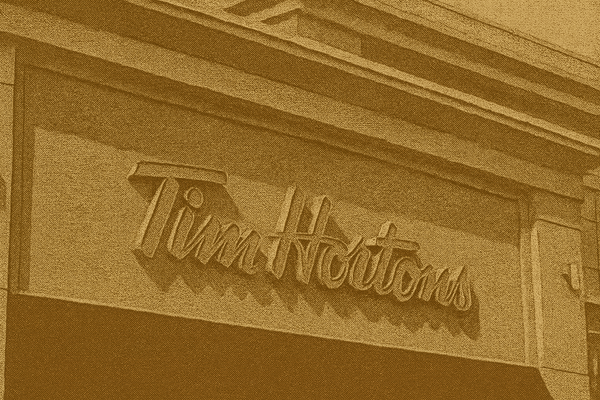Based on coverage from CTV, Insauga, and CHCH.
Tim Hortons, the beloved Canadian coffee chain that's practically a national institution, is giving its coffee prices a little nudge upwards for the first time in three years. If you're a regular at Tims, you might notice that your morning cup of joe is now costing you an average of three cents more per cup. While this might not seem like much, it’s a move that reflects broader trends in the coffee market and the economic pressures facing businesses and consumers alike.
So, why the price hike? According to Tim Hortons, the cost of coffee beans has skyrocketed over the past few years, more than doubling in price. The chain points out that while the price of coffee beans has surged by 148 per cent, their modest 1.5 per cent increase per cup is "more than reasonable" when compared to the cumulative inflation rate of about seven per cent over the same period. In other words, they’re trying to keep your caffeine fix as affordable as possible while navigating a tricky economic landscape.
But it’s not just Tim Hortons feeling the heat. Across the country, Canadians have been paying nearly 28 per cent more for their coffee at grocery stores compared to last year. This spike is largely due to a mix of factors, including unfavourable growing conditions in coffee-producing countries and the ripple effects of U.S. tariffs. While Canada imports a significant amount of its coffee from Colombia, Brazil, and other Central American countries, roasted coffee often comes from the U.S., where tariffs have added to the cost pressures.
The coffee trade is big business in Canada, with imports valued at over $1.3 billion as of July. But the market is volatile, with factors like U.S. tariffs and cautious Brazilian coffee growers—who are holding onto their beans—keeping prices unpredictable. Loblaw, one of Canada’s largest grocery retailers, highlighted in their recent food inflation report that coffee prices are climbing back to their 2025 highs, partly due to these tariffs and the competitive scramble for alternative suppliers.
While Tim Hortons assures customers that the price adjustment is a reflection of broader market trends rather than a reaction to any single event, it’s clear that the coffee industry is navigating choppy waters. The company maintains that their pricing strategy aims to stay roughly in line with inflation over time, ensuring that Canadians can continue to enjoy their double-doubles without breaking the bank.
In the grand scheme of things, a few extra cents might not seem like much, but it’s a reminder of the interconnectedness of global markets and how shifts in one area can percolate through to our everyday lives. So, next time you sip on your Tims, you might just appreciate the complex journey your coffee has taken to reach your cup.








